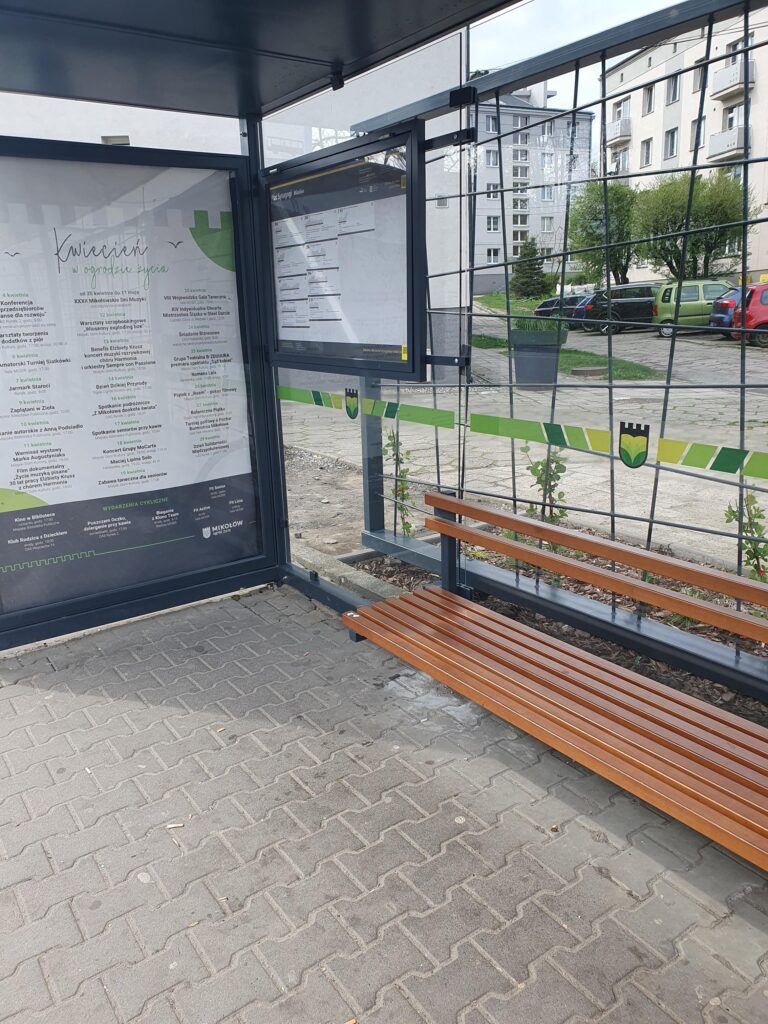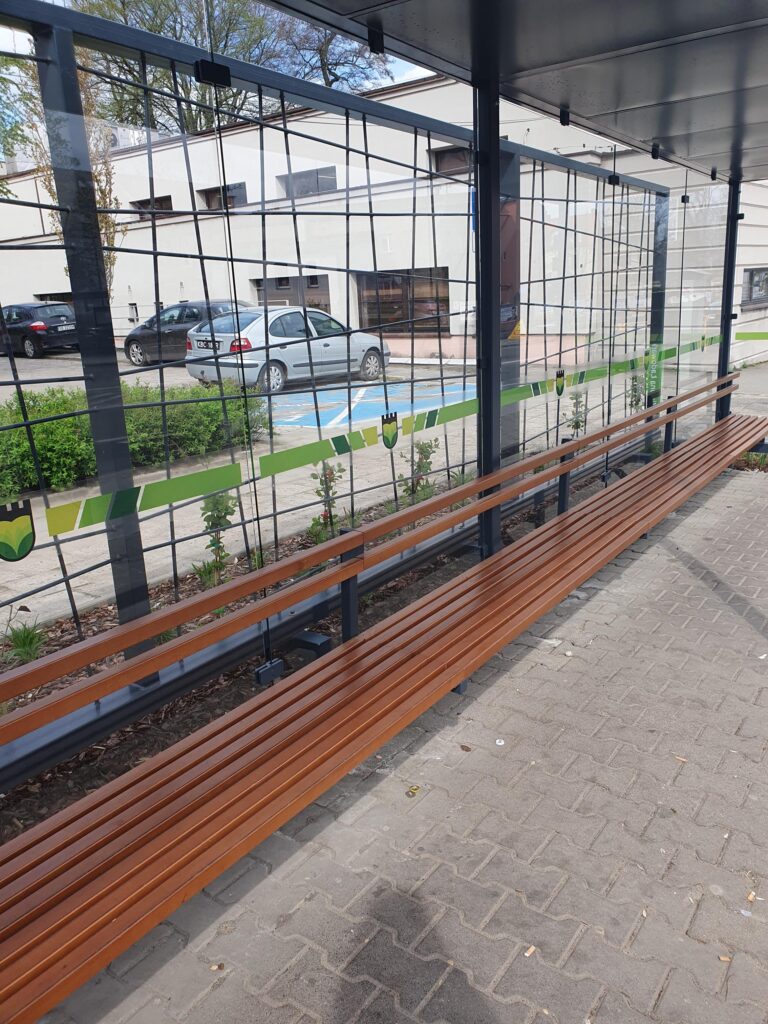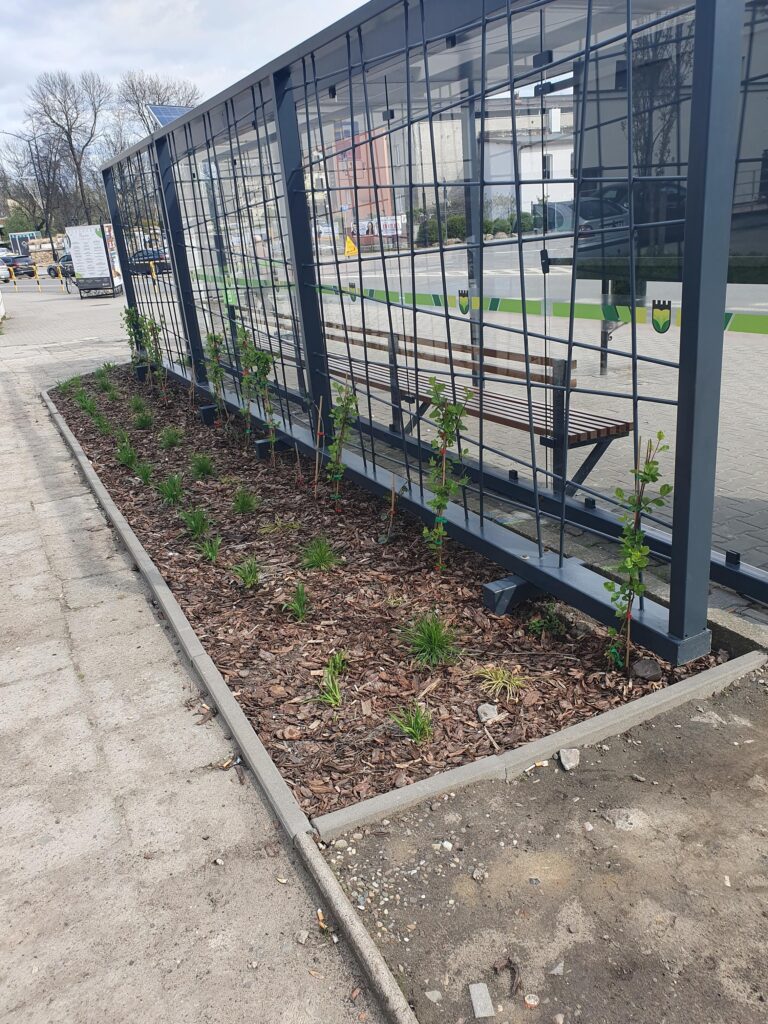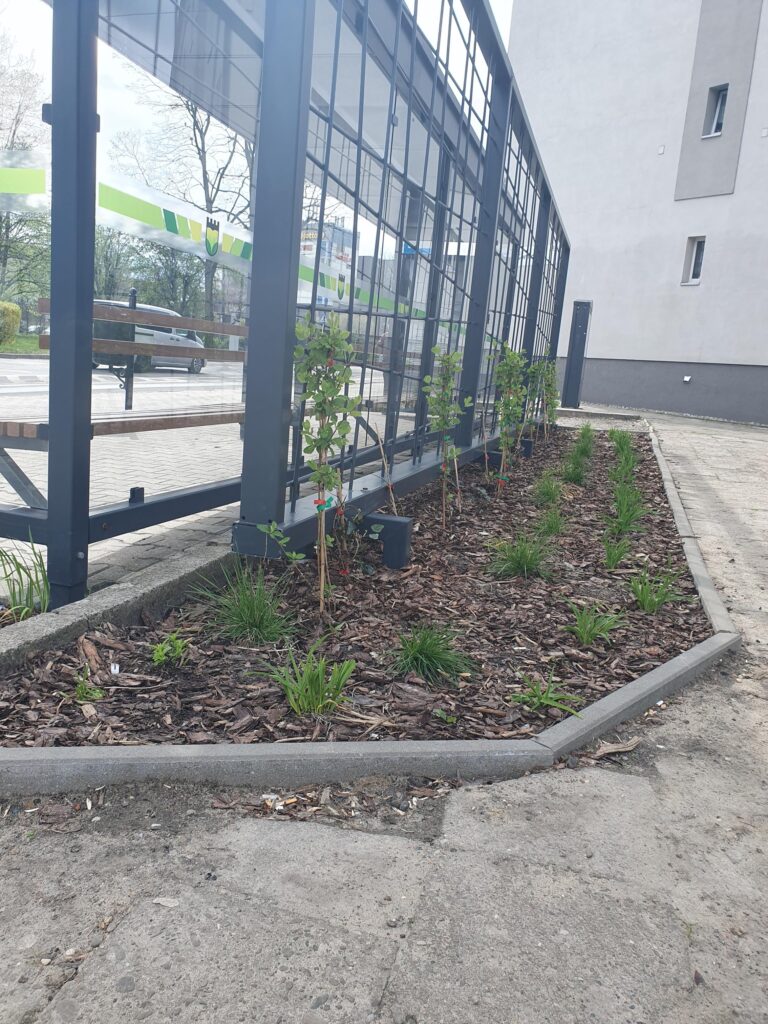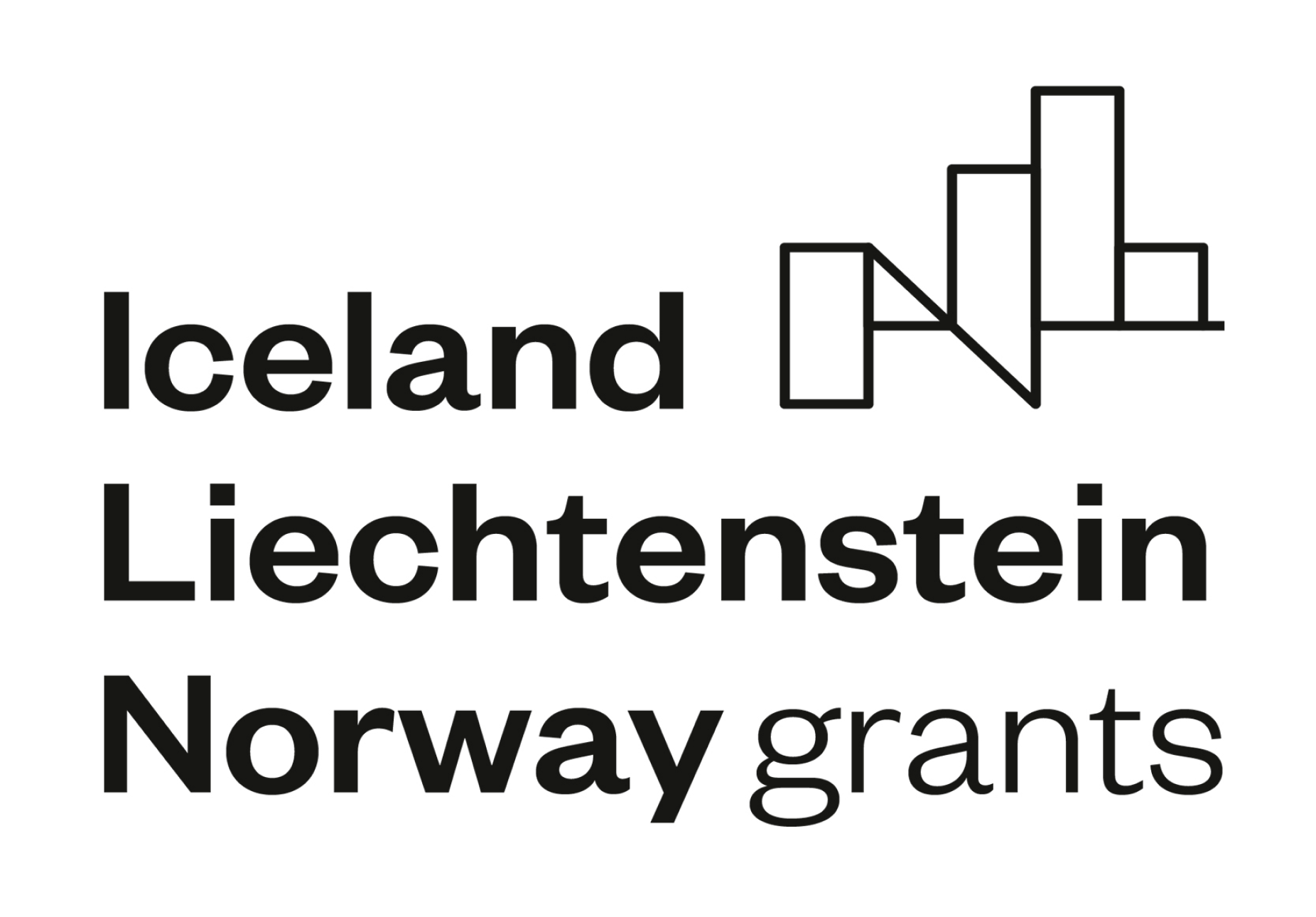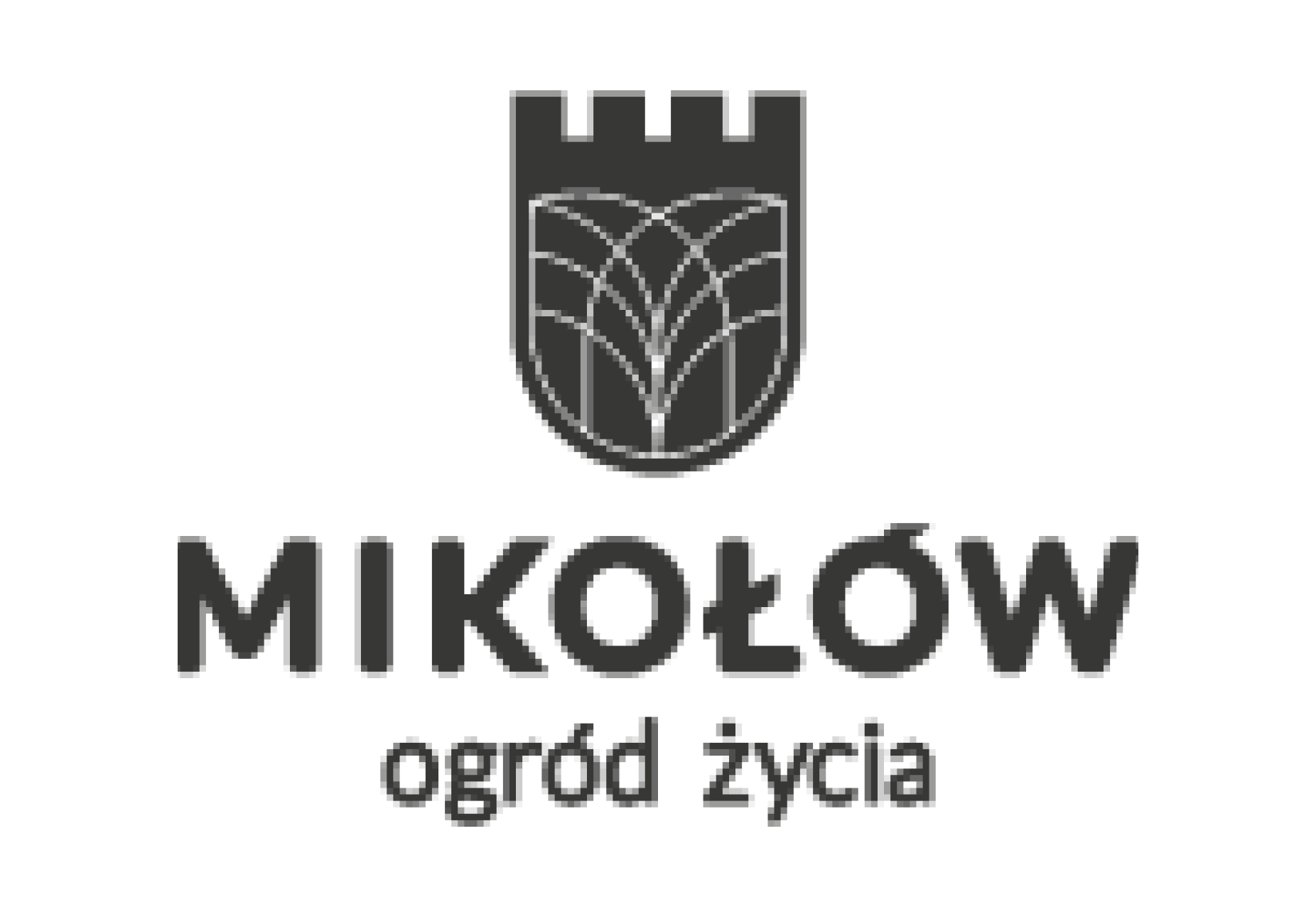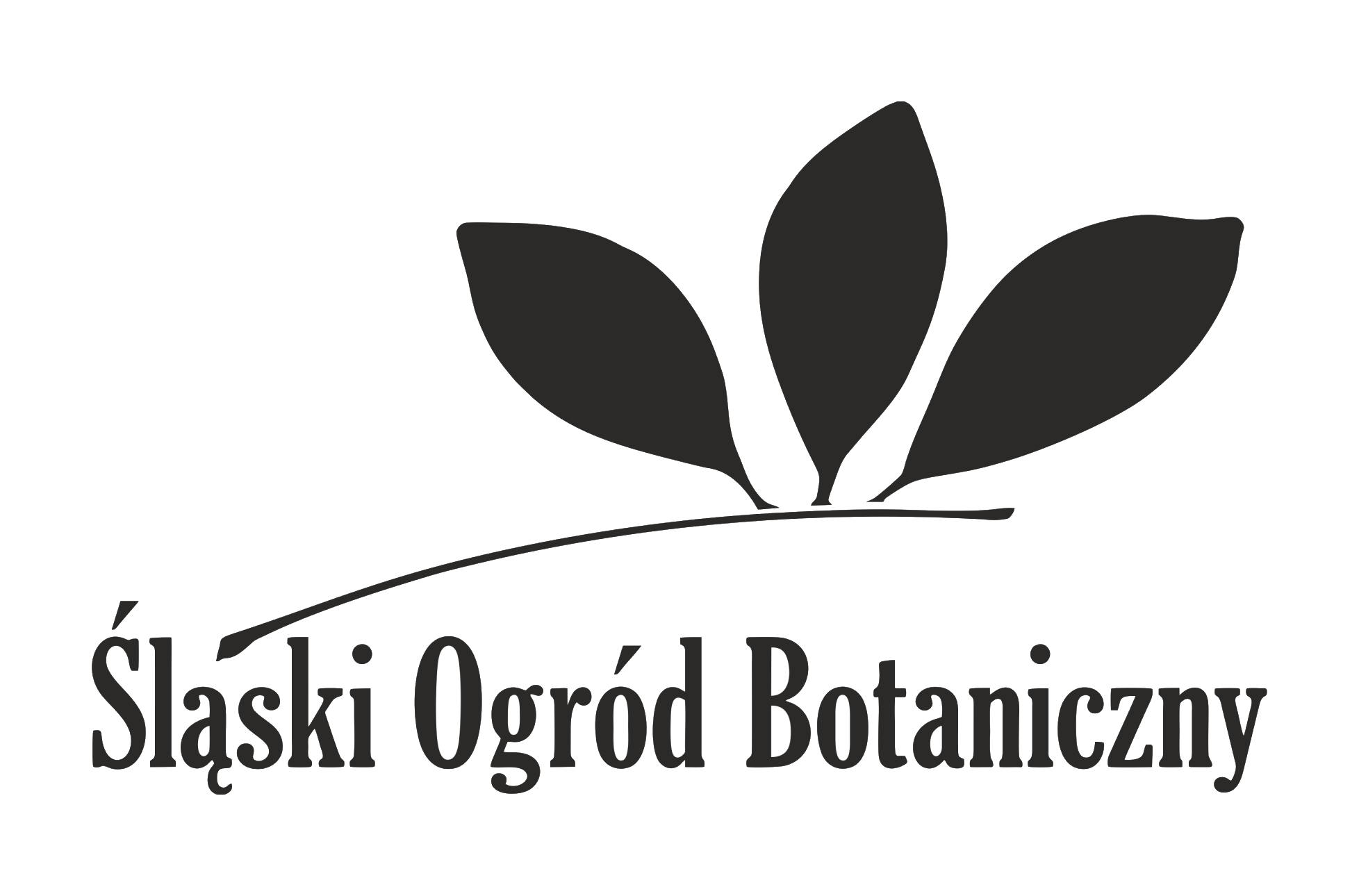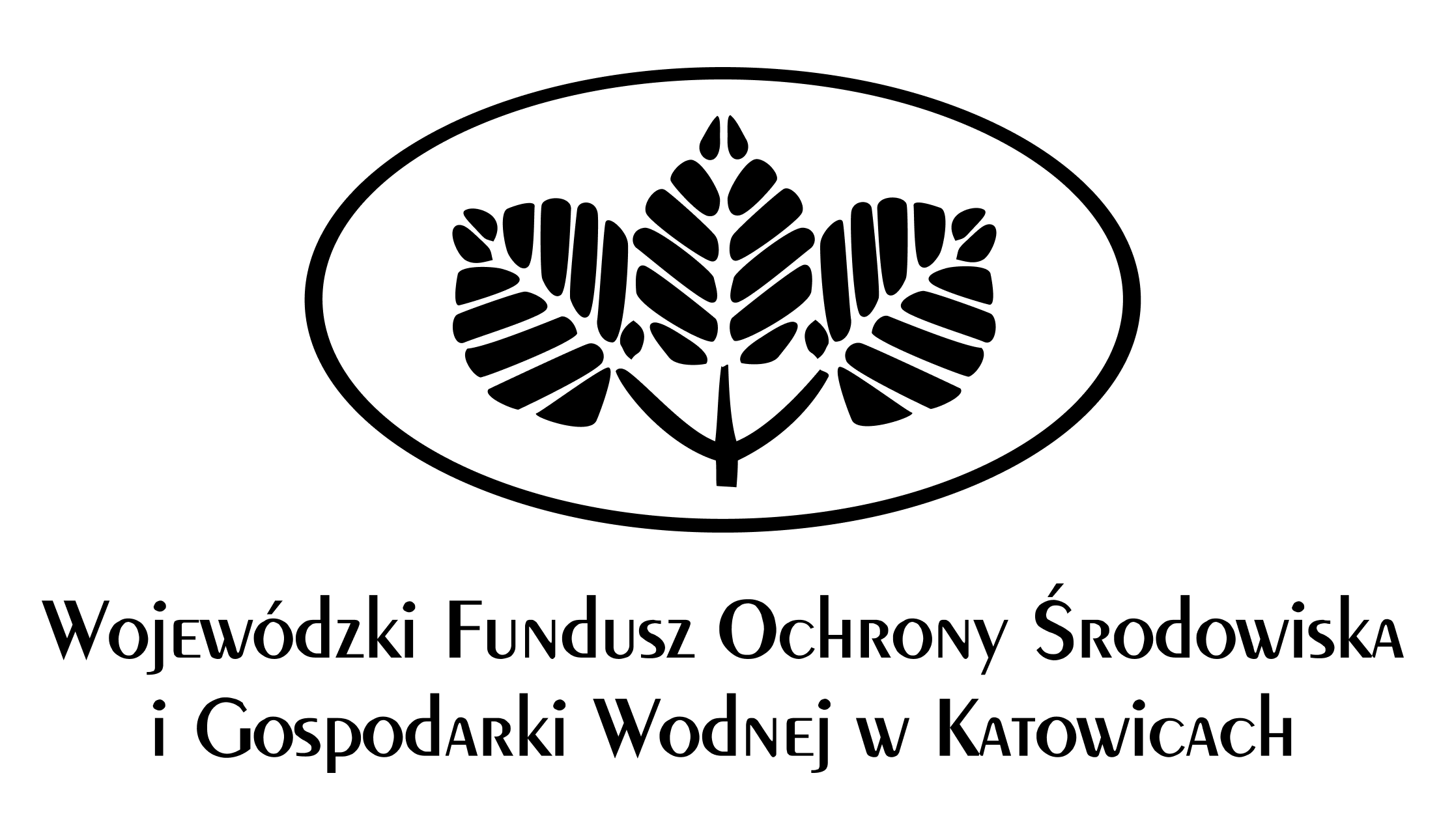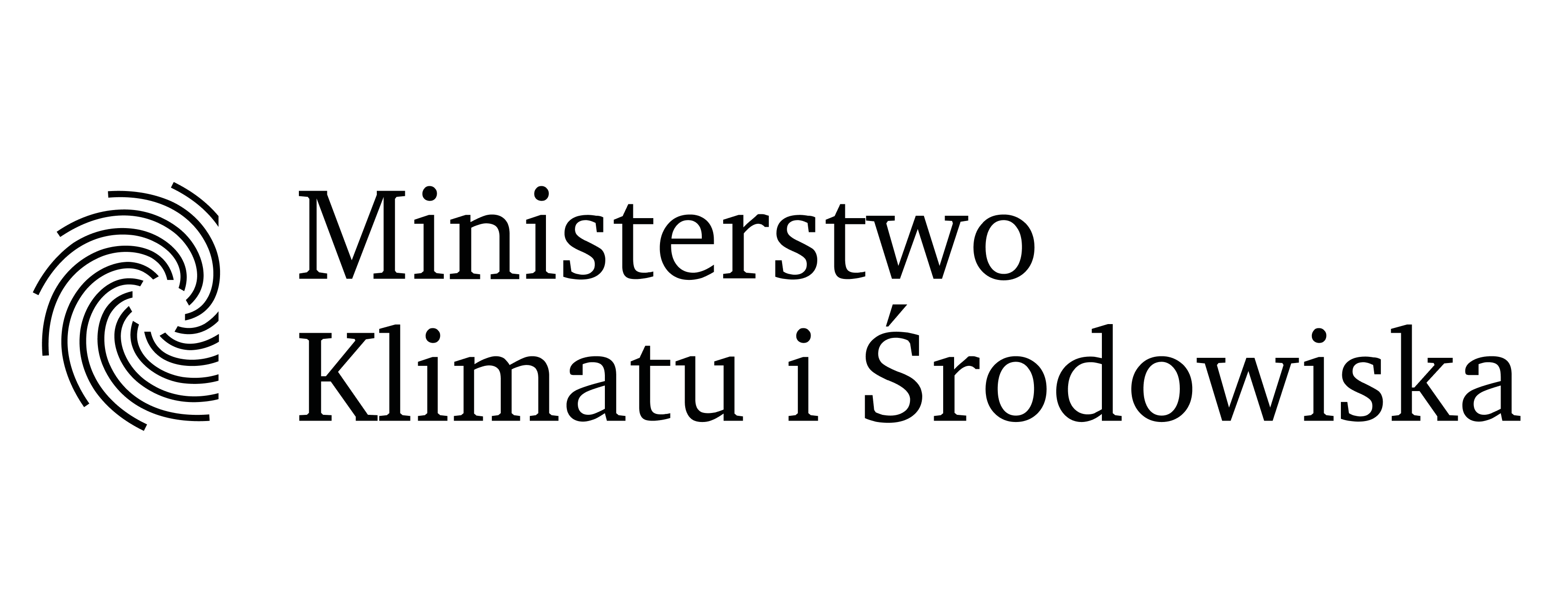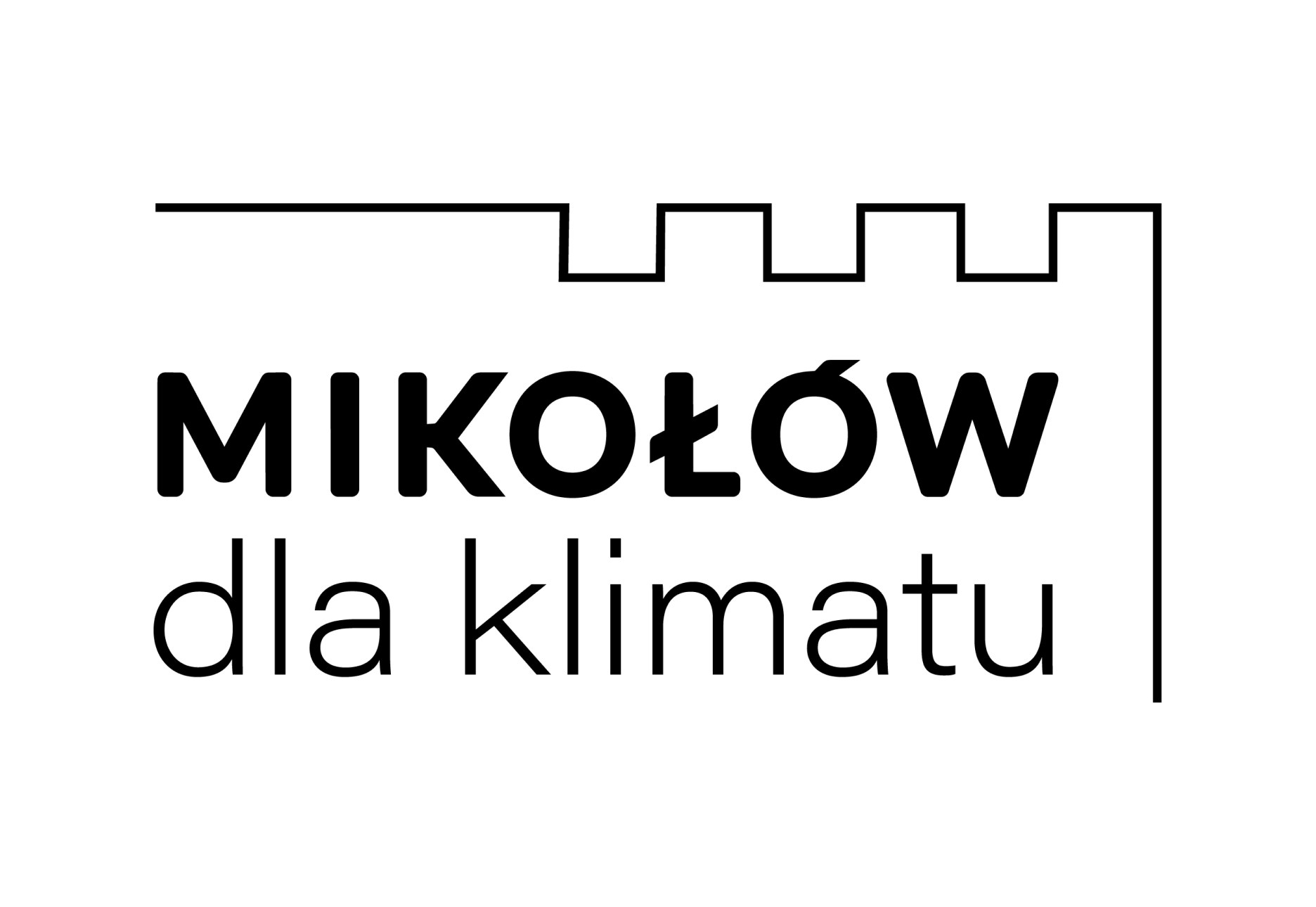Passengers waiting for buses can now use five new bus shelters, called “Green Bus Stops” for good reason.
What distinguishes the new shelters?
They were designed to retain rainwater and cool the air. A functional solution dedicated to lightweight green roofs was used. Sedum mats made on system solutions for light green roofs with moss for rapid greening of the roof and protection against wind erosion were laid as the vegetation layer on the shelter. Sedum mats are resistant to extreme weather conditions and the adverse effects of the urban environment and are capable of temporarily retaining rainwater.
The green roof consists of layers in sequence:
- insulation in the form of an anti-root waterproofing membrane laid over the sheeting,
- drainage in the form of a protective geotextile and drainage mat,
- greenery substrate in the form of a lightweight substrate,
- vegetation (succulent) in the form of a sedum mat with green moss.
Behind the back wall of the shelter, a system of trellises has been installed as a support for climbing plants, which – once the vegetation has grown – will form a ‘green wall’.
Also behind the rear wall of the shed is a bed, which is part of the water retention system. Thanks to appropriately selected infiltration layers, it makes it possible to receive rainwater from the green roof, which is drained through drainage pipes placed in the posts of the shed, to irrigate the root system of the green plant wall and the remaining plants in the flower bed, and to drain excess water into the ground.
